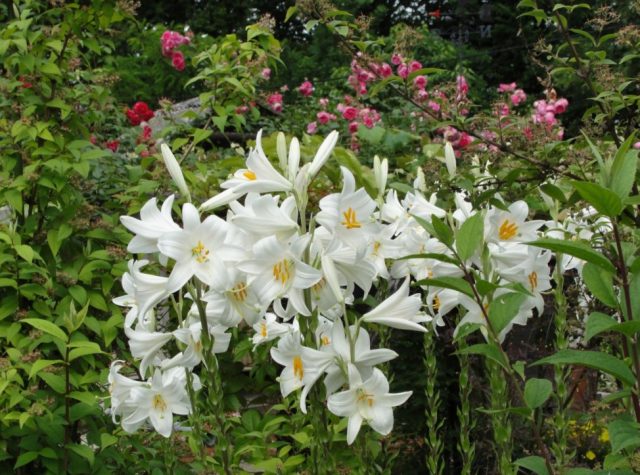It does not require much effort to grow this easy-care plant. It is simple to cultivate the lily of the valley when you learn when and how to plant. Considering this, lily of the valleys prefer the shade. They’re also flexible and can also grow well indoors. Based on the amount of moisture it gets, the lily of the valley could also be suited with direct sunlight or full shade.
Learning how and when should be the best time to plant the lily of the valley could help your garden guarantee its longevity. Setting up to plant the lily of the valley is expected to start taking place in late fall to enable a sufficient hibernation time. A cool winter temperature is necessary.
Plant Profile
Lily of the valley is part of asparagus’s family and is not a true lily, though it can be similar to some lilies because of its foliage. Convallaria majalis, which is the commonly seen variety, contains medium green leaves, and features petite, white fragrant flowers that flourish during the spring, typically April.
Lily of the valley is known for its unforgettable perfume-smelling, bell-shaped flowers, and its pure white features. This shade-loving plant is indeed reliable and decorative that could grow virtually anywhere.
The lily of the valley, particularly in moist, cool conditions, seems to be a very prolific producer. It tends to spread through rhizomatous roots. Although it might be advantageous if you’d like to easily fill your area by a mass planting of lily of the valley, this would also group over surrounding plants, making other plants slower to grow. Most of the time, people plant lily of the valley in rock gardens. Gardeners also grow these fragrant flowers underneath trees.
When to Plant
For pips or barefoot plants, you must decide on planting them during the fall or early spring. When planted barefoot, the lily of the valley typically takes up to 2 years to bloom and flower. Lily of the valley’s single rhizomes underground can be dissected anytime after a flower bud. Ideally, most experienced gardeners plant lily of the valleys in between November or December.
Although these plants can take a long time to grow, it is very well worth the effort. When fully bloomed, these flowers are perfect additions to make your garden more attractive. Aside from their petite and attractive look, flowers from the lily of the valley smell good and can attract a variety of beneficial insects such as bees to your garden.
How to Grow
Lily of the valley can grow perfectly well in shaded areas. Dappled shade seems to be its ideal setting. This plant embraces many soil types but continues to thrive better on well-drained and moist soil.
Avoid planting lily of the valley in crowded plots with other plants. Ideally, a plot or a certain spot in your garden should only be dedicated to these flowers if you do plant them. Mixing them along with other plants can be very bad for the plants as lily of the valleys tend to be more demanding of the nutrients nearby. Plants other than lily of the valley can get affected.
Sunlight
Plant the lily of the valley only in full shade during the moderate morning sun. Full shade is best if you reside in the warmer part of the growing area.
Water
The lily of the valley prefers consistently moist soil. It is usually efficient to water them using sprinklers. Avoid drenching when watering the lily of the valleys. Too much watering can drown the plant. It could also contribute to softer roots that lead to rot. During hot seasons, more water may be required.
Soil
Lily of the valley prefers rich and moist organic soil with proper drainage. However, lily of the valleys are hardy plants which means it can also grow in a variety of soil types, like clay soil. These flowers also want a neutral or acidic soil pH, but it can also endure alkaline soil slightly.
Fertilizer
Although some gardeners don’t use fertilizer when planting lily of the valley due to its hardy nature, some use compost material that’s rich in nutrients. These nutrients can be more than enough to support the growth of healthy, fully-blooming lily of the valleys.
Humidity and Temperature
This plant prefers moist, cool conditions. Although lily of the valley grows well in most environments, it is not going to do very well in hot arid conditions. During the hottest months of summer, expect a bit of a stoppage in growth for the plant. Ultimately, the plant recovers after a few months.
Takeaway
Known for its cute and petite appearance, the lily of the valley is a flowering plant that is favored by a lot of gardeners. Not only do they look good, the flowers of this plant smell extremely fragrant. If you want to freshen up the aroma of a room, then consider placing potted lily of the valleys indoors.





